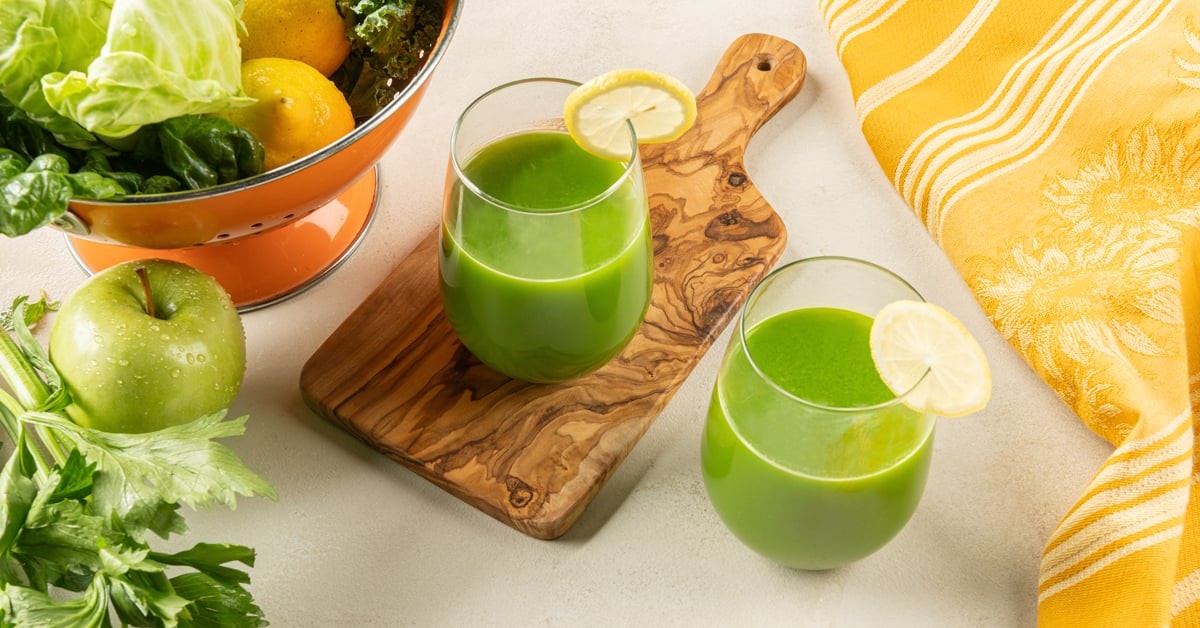
How Long Does Celery Juice Last Before Going Bad?
How long your fresh celery juice will last depends on the storage method you use.
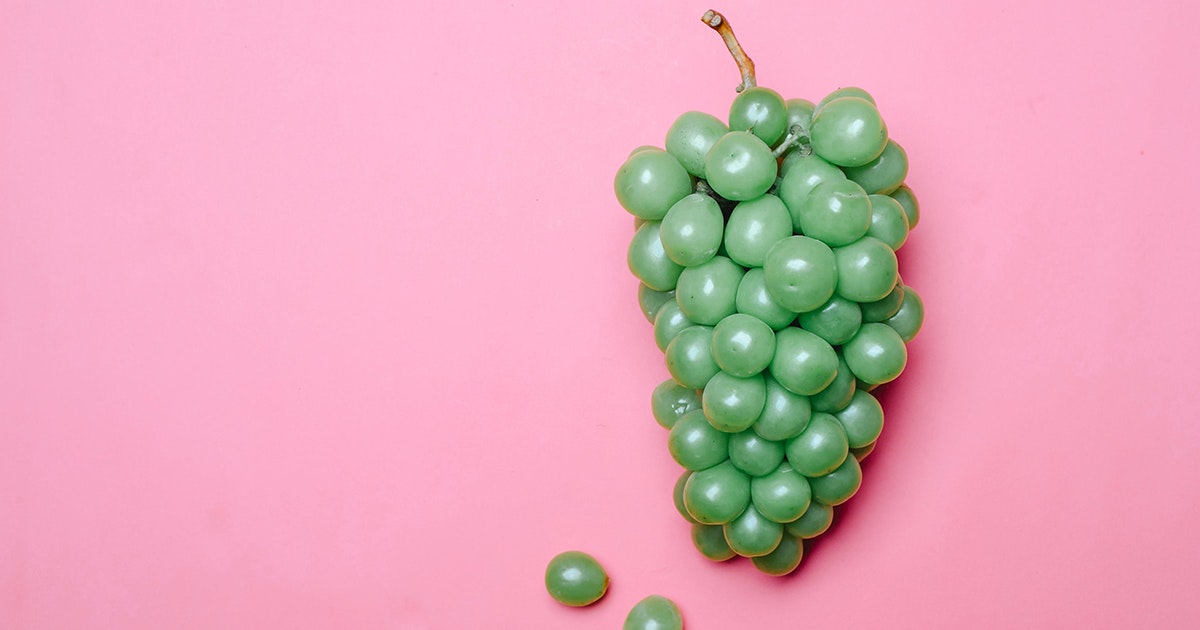
Does Grape Juice Have Iron? How Much?
Yes, grape juice has iron. But when it comes to how much, the processing or manufacturing method plays a role. An 8-ounce cup of cold-pressed grape juice will provide about 0.4 milligrams of iron. Grapes are naturally a decent source of iron, but if the juice is made by the traditional juice extraction methods that involve pasteurization and high heat, many of the nutrients, including iron, are destroyed. To replace them, commercial juice manufacturers typically add various supplements and fortify juices by adding ascorbic acid (vitamin C). In contrast, the cold-pressing process typically involves minimal heat, which helps to retain more of the nutrients, including iron and vitamin C. In this article, we’ll look at the importance of iron in a healthy diet, the different types of iron, and its bioavailability in the body. Furthermore, we’ll explain how vitamin C can enhance your body’s absorption of iron and suggest other iron-rich juices to mix with grape juice to increase the iron content.
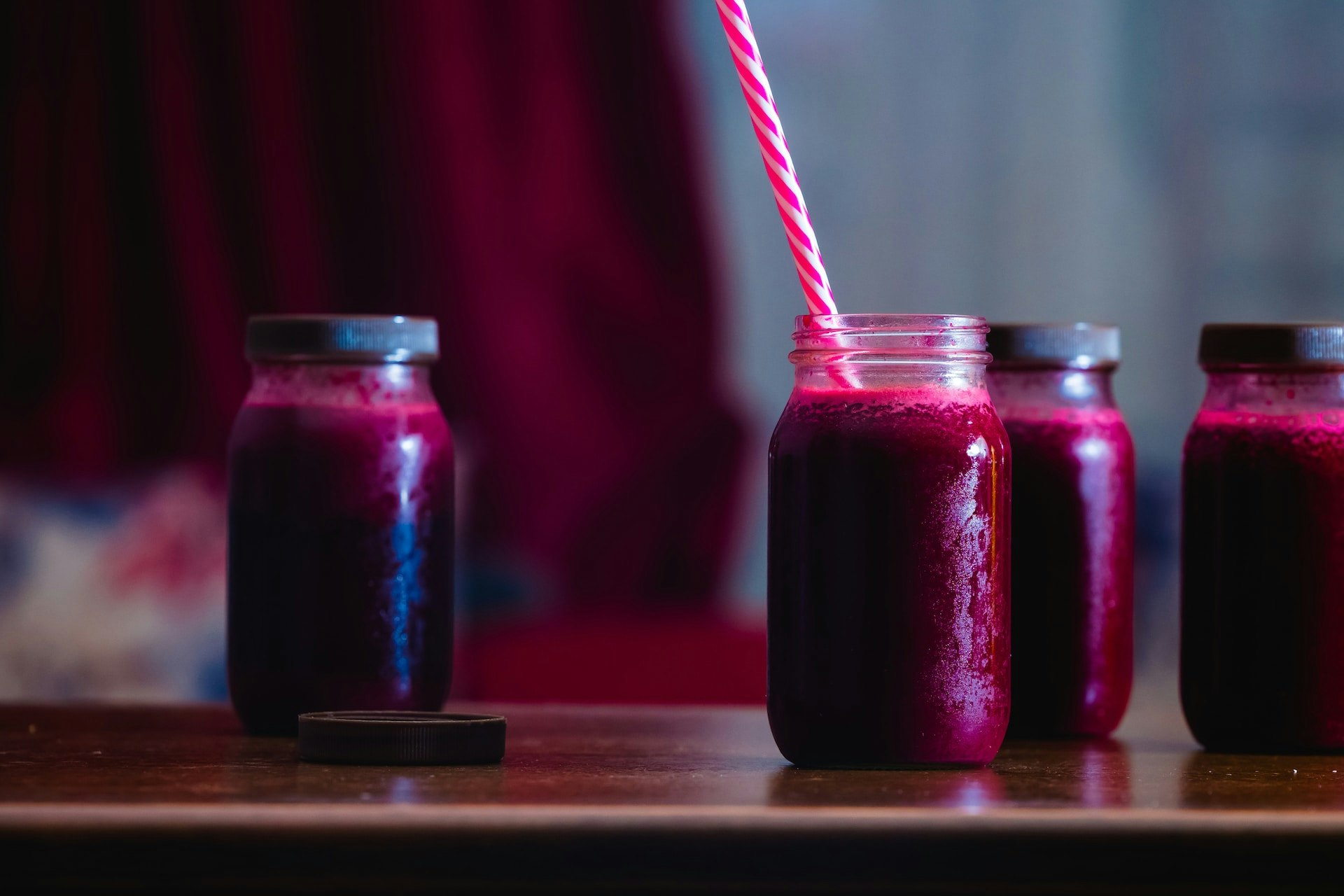
Does Beet Juice Have Sugar? How Much?
On average, an 8-ounce serving of pure beet juice contains 19–22 grams of sugar In fact, its sugar content is reasonably high, compared to other juice ingredients. The exact amount of sugar in beet juice can vary depending on factors like the variety of the beets, their maturity when harvested, and how the juice is prepared. In this article, we'll discuss the factors that play a role in the amount of sugar in beets and beet juice, along with a few other interesting bits. How Much Sugar in Beet Juice? As mentioned, an average, an 8-ounce serving of pure beet juice contains 19–22 grams of sugar. It is important to note that it is natural sugar, comprising about 95% sucrose, 3% glucose, and 2% fructose. It is worth mentioning that despite the high volume of sugar, beet juice, processed to retain some fiber, does not cause sugar spikes if consumed in moderation. This is because beets are high in fiber, which traps the sugar and slows its absorption into the bloodstream. Beets are a great addition to other vegetable and fruit juices due to it's vibrant color and distinctive flavor. Factors that Influence the Sugar Content of Beet Juice It's important to note that the sugar content in beet juice can vary from batch to batch based on various factors. Sugar content in beet juice can be affected by the following factors: Beet Variety The sugar content in beet juice can vary depending on the variety of beets used and their unique genetic variations. Sugar beets, for instance, specifically bred for their high sugar content, will have more natural sugars compared to other types of beets. Maturity of Beets As beets mature, their sugar content increases. The level of maturity plays a significant role in the sugar levels of beet juice. The longer beets are left to grow before being harvested, the higher their sugar content. Growing Conditions Environmental factors, such as soil quality, rainfall, and temperature, can affect the sugar content of beets. Beets grown in optimal conditions tend to have higher sugar content. Beet Health The healthiest beets have the highest sugar content. The overall health of the beet plants can be impacted by the presence of diseases or pests. Storage of Beets Storage conditions of beets before the juicing process can also alter sugar content. Natural enzymatic processes that occur during long periods of storage could change the natural sugar content of beets. However, once juiced, the high sugar content in beet juice can act as a natural preservative by reducing the growth of harmful microorganisms. This can help extend the shelf life of the juice without the need for artificial additives. Processing Methods The juice extraction method used can impact the sugar content of beet juice. Gentle methods like cold-pressing may retain more sugars compared to methods that involve high heat or extended processing. The efficiency of the juicing process can also play a role, as some methods may extract more sugars from the beets than others. Drinking beet juice has become a major trend in recent years. The many health benefits of beets and beet juice that people enjoy worldwide today were recognized centuries ago. The ancient Greeks and Romans used beets for their potential health benefits, particularly for their digestive and blood-cleansing properties. Beets were also mentioned in ancient Roman texts for their potential aphrodisiac effects.
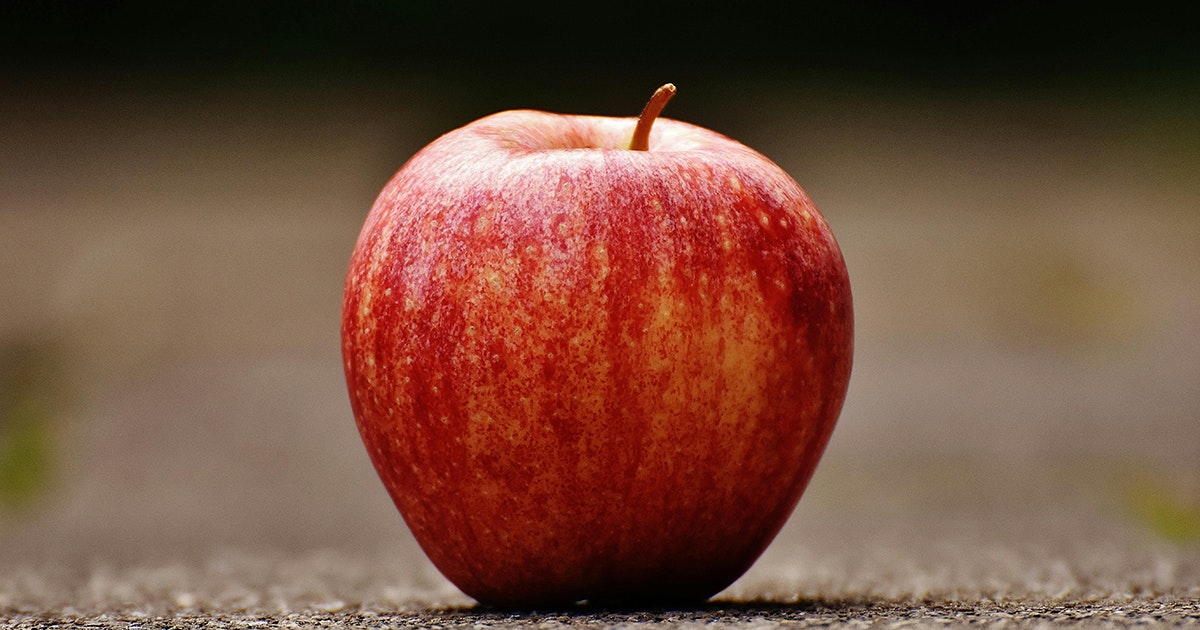
Does Apple Juice Have Iron? How Much?
Yes, apple juice has iron, but in insignificant amounts -- much less than some other fruit and vegetable juices. The exact amount of iron in apple juice can vary depending on factors such as the apple variety, the brand of juice, and how it's processed. Most nutrients are destroyed during pasteurization, while cold-pressed apple juice retains all the goodness. On average, an 8-ounce cup of pure apple juice contains about 0.298 milligrams of iron. But don't let the low iron content in apples deter you from making apple juice a part of your healthy diet routine. Let no one call an apple humble. After all, they have featured in our lives forever, from fairy tales like Snow White, to Newton's scientific discovery of gravity. We all know the saying “An apple a day keeps the doctor away,” and whether that is factually true or not, apples have many properties that can improve health and wellness. In this article, we'll discuss those properties, and also show you how to use other juices to boost the iron content of your apple juice.
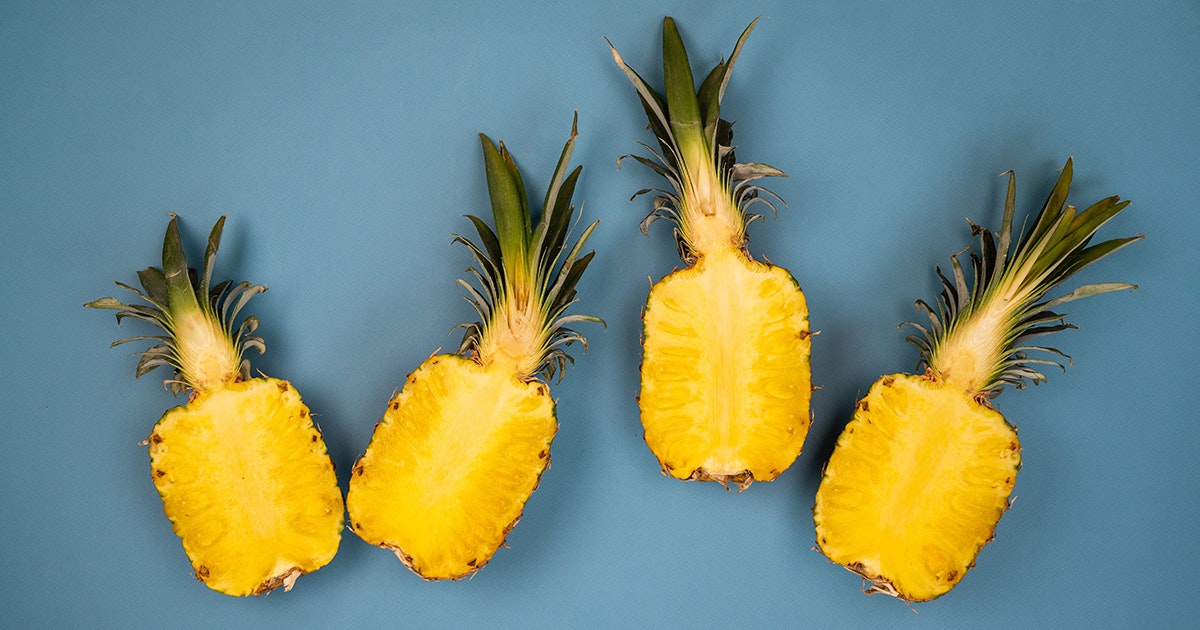
Does Pineapple Juice Have Vitamin C? How Much?
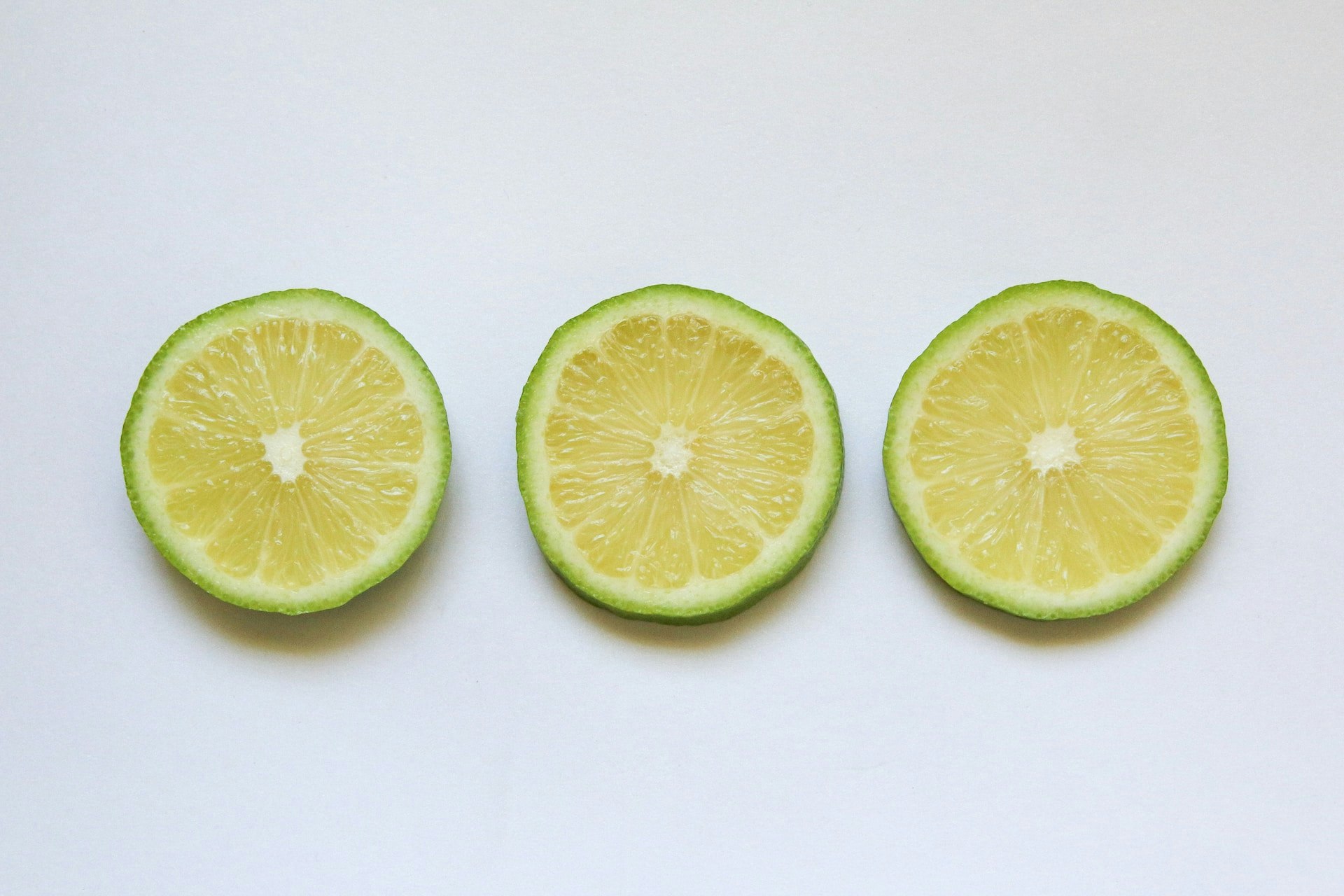
Does Lime Juice Have Sugar? How Much?
Yes, lime juice has sugar, but its sugar content is less than 0.5g per 1 oz. Limes are better known for their tart flavor, which is mainly due to the presence of citric acid rather than sugar. Variables in the Sugar Content of Limes Limes are delicious and easy to grow in tropical climates because they are the most cold-intolerant of all citrus fruits. Persian limes and Tahitian limes are the most popular varieties cultivated in the warmer climates of Florida, California, Arizona, and Texas, with the Key lime produced in smaller quantities. Each of these species has unique characteristics and varying sugar content. The sugar content in limes is influenced by factors such as the lime variety, growing conditions, and maturity at harvest. For example, Persian limes are typically less acidic and slightly sweeter compared to the more common smaller, more acidic, and more aromatic Key limes. Key limes are known for their tartness and are often used in dishes like Key lime pie. How Much Sugar in Lime Juice? While limes do contain some sugar, it is much less than other fruits such as oranges and grapes. A 1-ounce serving of pure lime juice only contains around 0.5 grams of sugar, compared to an ounce of orange juice, which contains around 2.9 grams, and pure grape juice, which contains about 4.75 grams of sugar per ounce. It's important to note that the sugar in pure lime juice is naturally occurring and not added sugar, which might not be true for some commercially produced lime juice brands. The 4.09 grams of sugar in an 8-ounce serving of 100% lime juice comprise 1.16 grams of sucrose, 1.45 grams of glucose, and 1.46 grams of fructose. As such, lime juice is an excellent choice for those looking to limit their sugar intake. Furthermore, limes are rich in vitamin C, antioxidants, minerals, and other nutrients. They may help boost immunity, reduce the chance of heart disease, prevent kidney stones, aid iron absorption, promote healthy skin, and lower the risk of certain cancers.
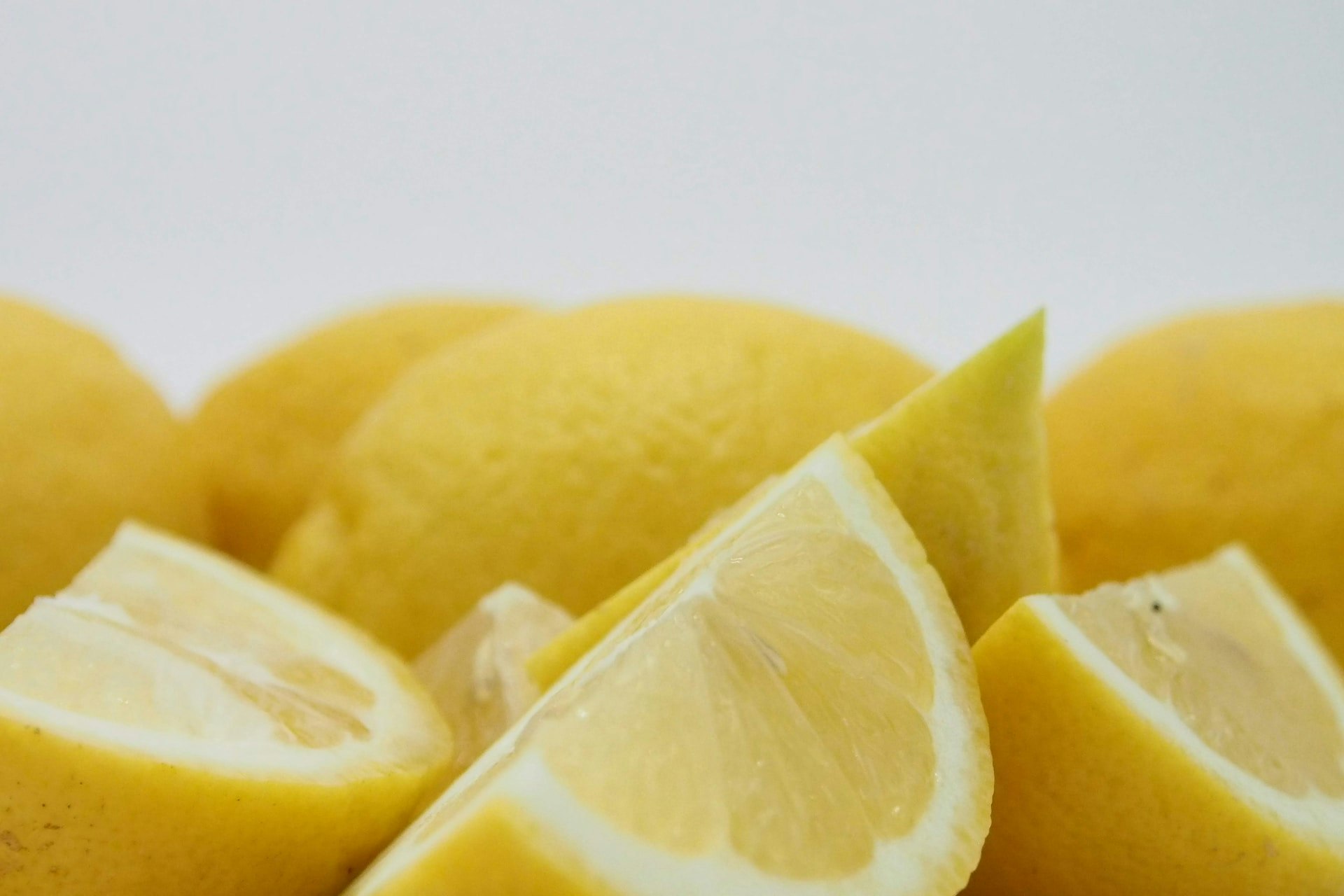
How Much Juice is in One Lemon?
On average, one small lemon has 2-3 tablespoons of juice, but this can vary. Read on to learn more, and how to get the most juice from your lemons. How Much Juice is in One Lemon? Fresh lemon juice is always better than bottled concentrates, but measuring the bottled version is so much easier. However, once you know how much juice is in one lemon, there's no reason to pick the bottled version. The amount of juice you get from one lemon depends on several factors, such as the size, ripeness, and variety of the lemon. Here's an average to use as a guideline: 1 small lemon: 2 to 3 tablespoons of juice 1 medium lemon: 3 to 4 tablespoons of juice 1 large lemon: 4 to 5 tablespoons of juice To fill 1 cup with lemon juice, you'll need 16 tablespoons of juice, or about 4 large, 5 medium, or 8 small lemons. How to Get the Most Juice The two most common lemon varieties are Eurekas and Lisbons, with Eurekas typically producing more juice. They are thin-skinned and usually juicer and have a more intense flavor than other varieties. To maximize the juice yield, try any of the following tips: Choose heavy, soft, but not squishy lemons. (Smaller is often juicier) Store lemons for juicing in the freezer. When they freeze, the juices expand and break the cell walls. Once they're thawed, juicing is easier. Microwave fresh lemons for 10 to 15 seconds, or frozen lemons for 30 seconds. The heat will cause the juice to expand and break the cell walls, making juicing easier. Use pressure to roll the lemon on the counter or a cutting board to break down the inner membranes and set the juice free. Use your hands or a rolling pin. There you have it! No more excuses for using bottled lemon juice, and with fresh lemons, you get the zest as a bonus!
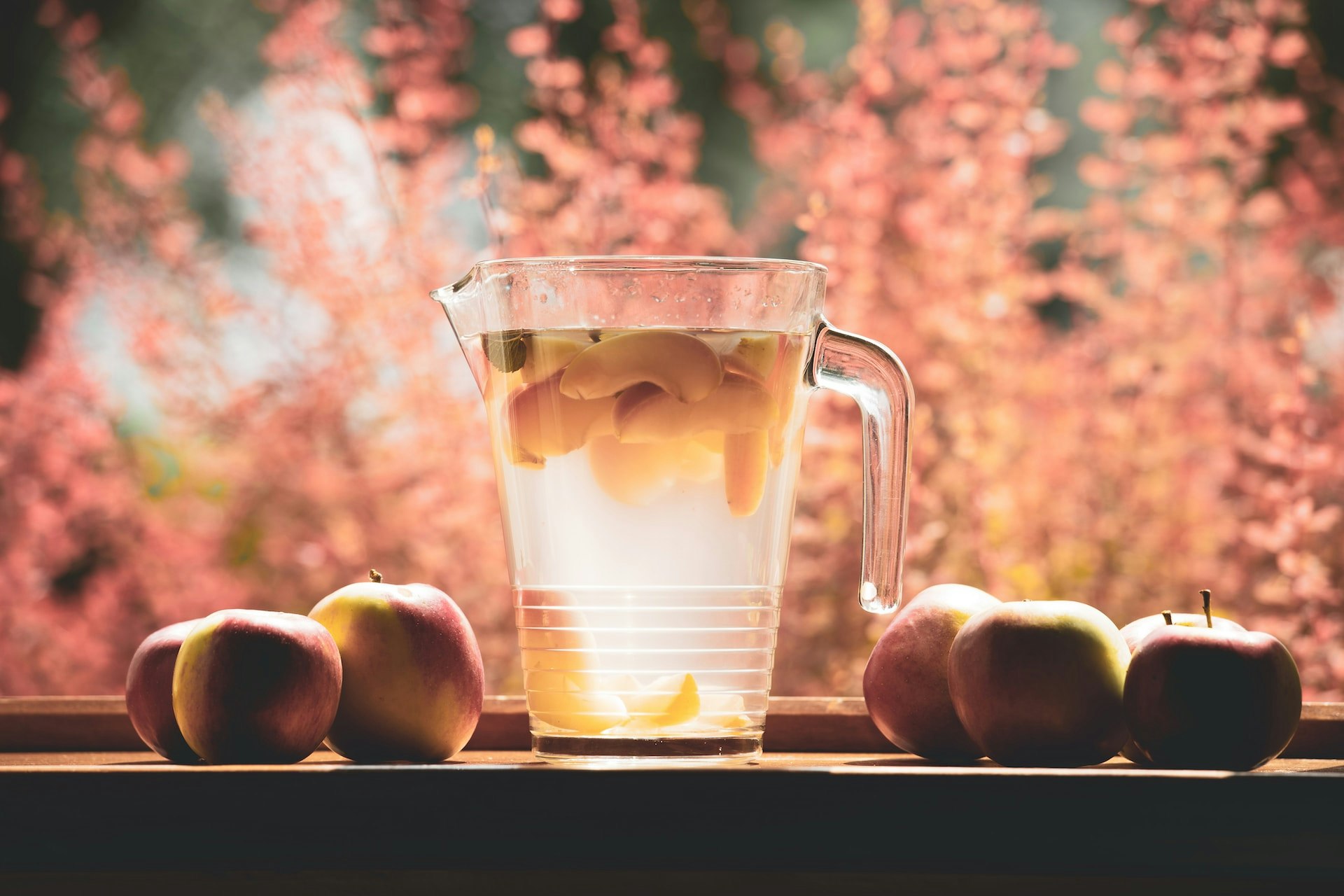
Does Apple Juice Have Sugar? How Much?
On average, an 8-ounce serving of unsweetened, 100% pure apple juice typically contains around 24–26 grams of sugar. The exact amount of sugar in apple juice can vary depending on several factors, including the apple variety used and whether any additional sweeteners or sugars were added during processing. It's important to note that juice labeled as “100% pure apple juice” contains only natural sugar and no added sugars. How Much Sugar in Pure Apple Juice? As mentioned before, the amount of sugar can vary, and some commercial apple juices might have more or less sugar. An average 8-ounce serving of unsweetened, 100% pure apple juice typically contains around 24–26 grams of sugar. It's important to know the difference between natural sugars found in fruit juices and added sugars. A lot of apple juice has sugar or sweeteners to make it taste better. Make sure to check the nutrition label to see if there are any extra sugars in the product. If your 8-ounce cup of pure apple juice has 23.9 grams of sugar, it will comprise just about 59% fructose, 27% glucose, and 13% sucrose. Glucose and fructose are absorbed directly into your bloodstream, while sucrose must be broken down first. Glucose is used for energy or stored as glycogen. Fructose is converted by the liver to glucose for energy or stored as fat. You will notice that fructose, also known as fruit sugar, makes up a large percentage of the sugar content of apple juice. This is good because fructose is less likely to spike blood sugar or insulin levels than glucose or sucrose. Furthermore, if you keep some apple peels in your juice, the fiber can help your body use glucose better. This can also prevent your blood sugar and insulin levels from going up too much. DID YOU KNOW? The color of the apples you use to make juice affects how much sugar it has. Research shows that green apples typically have less sugar than red-colored varieties. Why are Many Juices Mostly Apple Juice? Many fruit juices are indeed based on apple juice. This juice has a mild and sweet flavor, which blends well with other fruit juices. It is often used as a primary ingredient in fruit juice blends and can be found in various fruit juice combinations, such as apple-cranberry, apple-orange, and apple-grape juice. Apple juice is naturally sweet and can balance out the taste of other fruits that are more tart or acidic, making it a popular choice for creating a wide range of fruit juice products because of its versatility. In a Nutshell To summarize, pure apple juice is a beverage that is naturally sweet and primarily composed of fructose. While it offers valuable nutrients and antioxidants, it is important to be aware of its sugar content, which can be relatively high. Choose pure apple juice varieties, unsweetened by added sugars. Enjoy apple juice with moderation to balance your sugar intake and keep your diet in check. Make smart choices to fit your dietary preferences and needs while enjoying the taste and benefits of this classic drink.
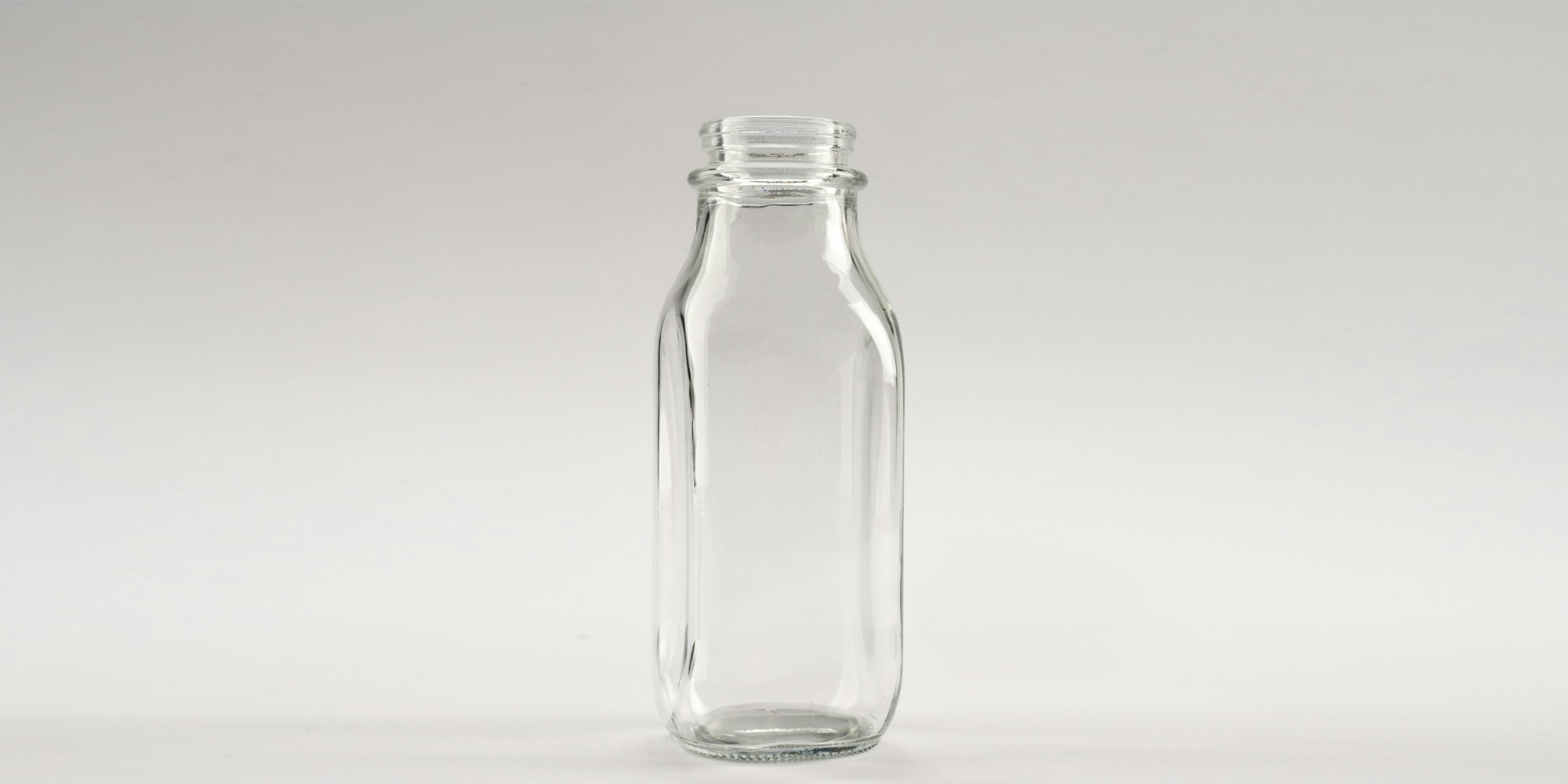
What Are Glass Bottles Made From?
For centuries, glass bottles have been a staple of packaging, treasured for their versatility, durability, and timeless aesthetic appeal. But have you ever wondered what lies at the heart of these iconic vessels? We will delve into the fascinating world of glass manufacturing in our exploration of “What are glass bottles made from?” You'll learn about the essential raw materials used for the intricate processes that transform them into the familiar juice bottles we encounter every day. The information contained in this article will reveal the secrets behind the distinctive properties of each component in a glass batch, which is the most popular method for preserving cold-pressed juices. 1. Silica Sand Silica is essential as the fundamental component in glassmaking because it provides the basic structure and glass-forming properties. It is the primary ingredient in glass production, typically making up 70 to 75% of the glass batch. Silica sand's high melting point of around 3115 °F (1713 °C) is important because that is why silica can remain stable in glass furnaces where temperatures reach about 2732 °F (1500 °C). This thermal stability of silica plays a significant role in the final glass bottle's resistance to temperature fluctuations without cracking or breaking. Silica sand particles have strong bonds that break during extreme heat exposure, allowing the transformation into the molten state. During the cool down process, the silica bonds reform and contribute to the glass's structural integrity. Another characteristic of silica sand is its amorphous nature that prevents distinct crystal boundaries forming, which could jeopardize transparency and clarity. Silica sand's chemical stability is the reason glass bottles are suitable for various substances without the risk of chemical contamination. 2. Soda Ash (Sodium Carbonate) Soda ash is the fluxing agent in the glass batch. The primary function of soda ash is to reduce the silica sand's melting point to about 1472 °F to 2012 °F (800 °C to 1100 °C). This is a more manageable range for glass formation. Soda ash further helps maintain the right viscosity of the molten glass during the blowing, pressing, and molding process. Soda ash also plays a role in facilitating fusion of silica particles to form a homogeneous molten glass mass. Furthermore, this fusion allows more uniform expansion and contraction in fluctuating temperatures, preventing cracking or shattering of the glass bottles. 3. Limestone (Calcium Carbonate) Limestone's key function as an ingredient in the glass batch is acting as a stabilizer. It controls the durability and chemical stability of the glass bottle, and contributes to producing a chemically stable glass matrix. Limestone prevents the glass from becoming water-soluble and susceptible to corrosion. This is crucial for bottles made to hold liquids, such as juices, to prevent interaction of the glass and the contents. Limestone also works in synergy with soda ash to control thermal expansion that could lead to cracking and breaking of the glass. Another function of limestone in glass bottle manufacturing is reducing devitrification, which means it prevents cloudiness and roughness of the texture. This ensures smoother surfaces and glass bottles that are clear and transparent. Limestone helps with achieving enhanced batch homogeneity, which ensures uniformity of the glass batch mixture of raw materials. Uniformity is crucial for maintaining consistent glass properties and quality. 4. Cullet Cullet is recycled or crushed glass that is used as a raw material in the production of new glass bottles. It is not only cost-effective, but using cullet also allows glass manufacturers to conserve natural resources, while also reducing the environmental impact associated with mining and processing raw materials. Moreover, significantly less energy resources are required for melting cullet. This is because the melting point of cullet is much lower than the raw materials since it has already gone through the high-temperature melting process. The result is less carbon dioxide emissions and environmentally friendly glass bottles. Other Optional Additives Aluminum Oxide: Added to improve the glass's resistance to thermal shock and mechanical strength. Magnesium Oxide: Used to modify the glass's physical properties, such as its thermal expansion. Colorants: Various metal oxides are added to create colored glass. For example, iron oxide can be used to produce green or brown glass, while cobalt oxide yields blue glass. Once the glass batch is prepared, it undergoes a melting process in a furnace, where it is heated to extremely high temperatures until it becomes molten glass. Glass is formed into bottles using various methods, such as blowing, pressing, or molding. After forming, the glass bottles undergo annealing to relieve internal stresses and ensure strength and durability. Glass juice bottles typically also go through a tempering process for extra strength. Conclusion To summarize, the journey from the raw materials such as silica sand, soda ash, and limestone to the sleek, functional, and eco-friendly glass bottles we rely on is a testament to human ingenuity and sustainable manufacturing practices. Understanding what glass bottles are made of shows how art and science are combined to make these timeless containers. As we drink a glass of juice to celebrate life, let's also appreciate the materials and processes that make this amazing packaging that is both beautiful and useful.
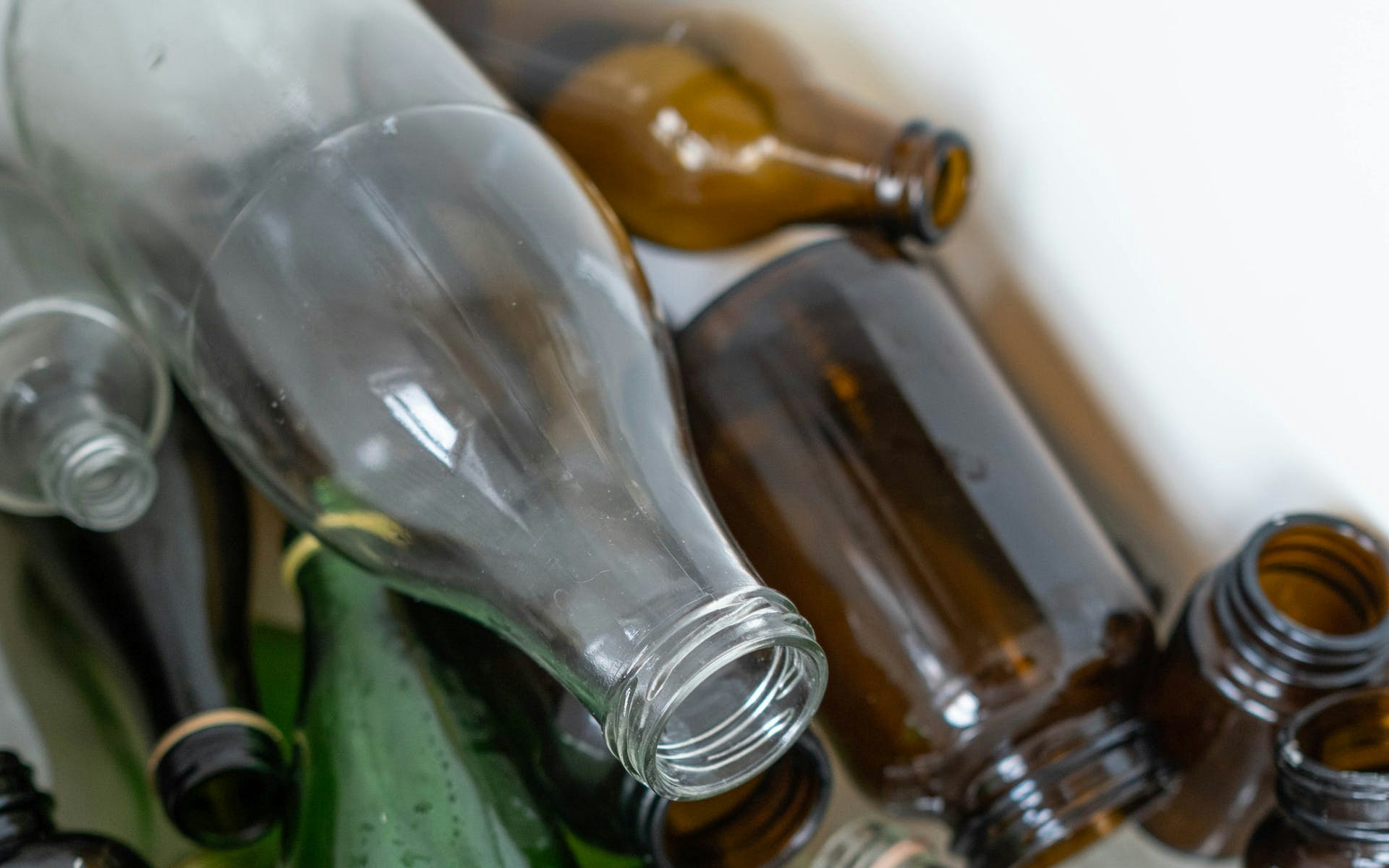
How to Recycle Glass Bottles Properly
Glass has been used for thousands of years as a versatile material with countless uses. Fortunately, clean, clear glass can also be recycled over and over without losing its quality, making it a great choice for products in the 21st century. To understand how glass recycling works, this article will look at the entire recycling process for glass packaging, the benefits of proper recycling of glass, and the types of glass that are unsuitable for recycling. Plus, how you can make the process easier by doing your part at home. The process of making new glass products from used glass materials is called glass recycling. This involves breaking and melting the glass that comes from glass bottles and jars, including alcoholic drinks, soft drinks, as well as glass jars and bottles for food, cosmetics, and other goods. That said, there are certain types of glass such as electronics, kitchenware, mirrors, and household appliances, which must be dealt with in different ways. Benefits of Recycling Glass There are multiple benefits associated with the proper and efficient recycling of glass. According to the Glass Packaging Institute (GPI), using recycled glass in the production of new products cuts emissions, reduces the consumption of raw materials, extends the life of glassmaking equipment like furnaces, and saves energy. Recycled glass can be used to replace up to 95% of raw materials, which can help reduce carbon emissions and trash in landfills. Each ton of glass that is recycled saves more than a ton of natural resources. The cost of energy goes down by about 2 to 3 percent when you use 10% recycled glass in the making process. Recycled glass reduces carbon dioxide emissions by one ton for every six tons of recycled glass used. How to Recycle Your Glass Properly You can make the process of glass recycling easier by taking these steps before dropping it in your recycling bin: Rinse out your glass bottles/containers until they are fairly clean (i.e. avoid recycling glass with a lot of leftover residue) Remove any plastic or metal (usually lids) Try not to break the glass (that doesn't help) Dispose of any broken glass in your normal garbage can How Glass Recycling Companies Do It (Step-by-Step) The recycling of glass starts with consumers and commercial businesses depositing glass bottles and jars in recycling bins. Recycling companies collect those bins and transport them to recycling plants, and the steps that follow are listed below: 1. Sorting Before recycling centers begin the proper recycling process, they need to sort the glasses. This is an important optical process because it lets them separate certain types of glass, like mirrors, Pyrex, ceramics, aluminum cans, and metals or plastics. Also, the bottles are sorted by color because colored bottles have additives like carbon and iron that should not be mixed. 2. Breaking A machine with about twenty-four hammers that spin on an axle is used to break the glass into tiny particles. A light spray of water is used to prevent pulverized particles from becoming airborne. 3. Trommel Screening The broken glass then passes through a set of revolving trommel screens that rotate to separate the glass bits according to size—typically 3/8” and 3/4”. Inside the trommel, fans are used to separate bits of labels or stickers that might still be on the glass pieces. At the same time, other objects like caps, lids, and corks that are not small enough to fall through the screens are transported, along with the bits of paper, to a different chamber for a separate recycling process. 4. Bed Drier Fluidization This step can be seen as the purification process. The broken pieces of glass vibrate through a dryer that forces hot air at around 190 °F (87.78 °C) through the bed and the glass to burn off sugar and bacteria, as well as the remaining glue. The contaminants that remain at this stage are then extracted by vacuum. 5. Primary Screening and Pulverization This is the first of two more screening processes to complete the recycling of glass before the remelting process. A finer-mesh screen allows smaller pieces of glass to pass through and redirects larger bits into a pulverizer. With these pieces in an enclosed unit, the pulverizer breaks them down until they are all small enough to fit through the primary screen. 6. Secondary Screening In this final screening, the pulverized glass is sorted and classified by size for different uses. 7. The Cullet At this stage, the glass is called “cullet,” ready to be sent to different manufacturing stations according to the secondary classification. These typically include pebbles, sand, and powder. 8. Final Stage This is the final stage in which the pulverized glass is re-melted along with silica sand, soda ash, limestone, and appropriate additives to produce perfect new glass bottles. Glass Types Unsuitable for Recycling It's important to recycle only certain types of glass for juice bottles, while avoiding others. Here are the types of glass that should not be recycled for making glass juice bottles: Pyrex and other Heat-Resistant Ovenware: Glass cookware and ovenware made of heat-resistant glass, like Pyrex, have different properties and melting points. Crystals and Glassware: Crystal glass and high-end glassware contain additives that are incompatible with the recycling process for standard glass containers. Ceramic and Porcelain: Ceramic and porcelain materials, such as dishware, mugs, or decorative items have different melting points and composition from soda-lime glass and can lead to impurities in the glass batch. Mirrors: Mirrors are coated with materials like aluminum, which can contaminate the glass recycling process. Window Glass: Window glass, including tempered or laminated glass may contain coatings, treatments, or different types of glass that can affect the quality of the final product. Light Bulbs: Glass from light bulbs, especially those with filaments or coatings can introduce impurities. Auto Glass: Windshields and other automotive glass may contain laminated or tempered glass, which is not suitable for the same recycling process. To Conclude Any juice producer should be committed to both quality and sustainability by paying close attention to the glass containers in which they present their nutritious creations. Proper glass recycling is not only an environmentally responsible practice but also plays a pivotal role in maintaining the purity and safety of our juices.
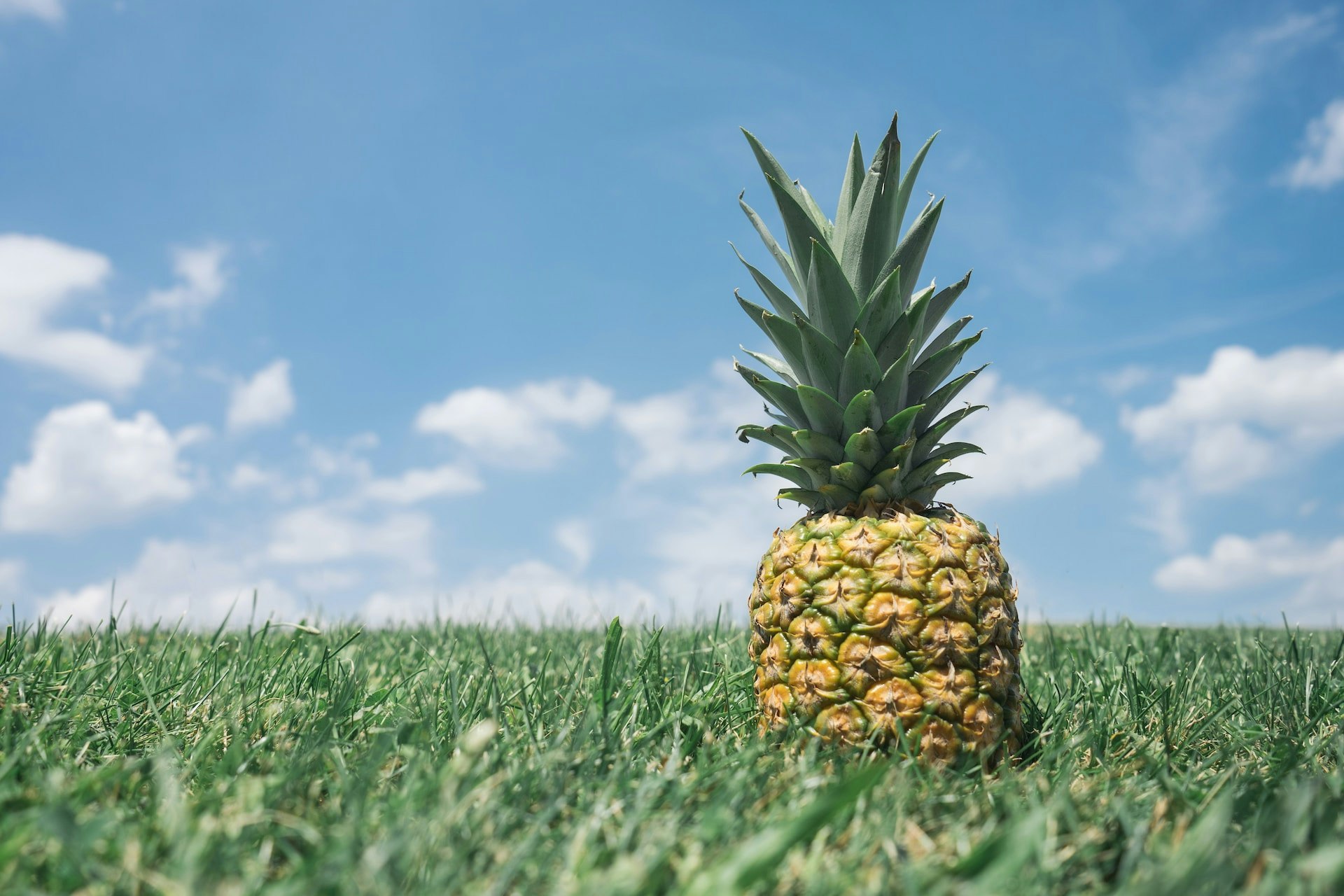
Does Pineapple Juice Have Potassium? How Much?
Yes, pineapple juice does contain potassium. One serving of pineapple juice can contain around 330–360 milligrams of potassium (7–10% Daily Value). The amount of potassium in pineapple juice can vary depending on factors such as the brand, preparation methods, and serving size. Pineapple juice, with its vibrant tropical flavor and refreshing taste, has long been a popular beverage choice. Beyond its deliciousness, many people are curious about the nutritional value of this juice, particularly its potassium content. In this article, we will explore the potassium content of pineapple juice, the potential health benefits it offers, and considerations for incorporating it into your daily nutrition. By the end of this article, you'll have a better understanding of the role potassium plays in pineapple juice and how it can contribute to your overall well-being. How Much Potassium Does Pineapple Juice Contain? On average, an 8-ounce (240-milliliter) serving of pineapple juice typically contains around 330–360 milligrams of potassium. Keep in mind that this is a rough estimate, and the actual potassium content may vary. According to the US Food Data Central, pineapple juice, canned or bottled, unsweetened, without added ascorbic acid, contains 325 mg of potassium. The Daily Value (DV) for potassium is 4,700 mg for adults and children age 4 and older. Foods providing 20% or more of the DV are considered high sources of potassium. But foods like pineapple juice (7–10% DV) that provide lower percentages of the DV also contribute to the overall potassium intake as part of a healthy diet. Is Potassium an Essential Nutrient? Your body cannot produce potassium on its own. In this sense, potassium is an essential mineral that must be obtained via diet since the body cannot synthesize it. Potassium plays a crucial role in various bodily functions, including nerve function, muscle contractions, and maintaining proper fluid balance. Including potassium-rich foods and beverages like pineapple juice in your diet is crucial for achieving a well-rounded and nutritious diet. However, it's also important to eat potassium in moderation because too much of it can harm your health, especially if you have certain medical conditions. What are the Benefits of Potassium in Pineapple Juice? When included in your diet, potassium offers several health benefits. Pineapple juice, which contains potassium, can contribute to these benefits. Some health benefits of potassium in pineapple juice include: 1. Regulates Blood Pressure Several studies have shown an association between low potassium intake, increased blood pressure, and a higher risk of stroke. Potassium lowers blood pressure by counteracting the effects of sodium, and relaxing the walls of the blood vessels. 2. Heart Health Potassium plays a crucial role in every heartbeat, as it assists in triggering the heart to pump blood throughout the body a hundred thousand times per day. Getting enough potassium can help prevent stroke and other cardiovascular diseases. It can also help keep the heart rhythm healthy and help keep the heart working well overall. 3. Muscle Function Potassium is vital for muscle contraction and nerve impulse transmission. Drinking pineapple juice with potassium can help muscles work better and prevent muscle weakness and cramps. 4. Fluid Balance Potassium plays a role in maintaining proper fluid balance in the body. It helps control how much fluid is inside and outside cells, which is important for many body functions. The potassium in pineapple juice can help prevent dehydration and support kidney function. 5. Bone Health The American Bone Health Association reports that people who have high intakes of potassium from fruits and vegetables appear to have stronger bones. Thus, drinking pineapple juice may improve your bone health by increasing bone mineral density. 6. Kidney Health Increasing the amount of potassium in your diet might reduce your risk of developing kidney stones. If you don't get enough potassium, your bones won't have enough calcium, and your urine will have more calcium. This calcium has the potential to form hard deposits (stones) in your kidneys, which can cause significant pain and discomfort. 7. Metabolism Potassium is involved in various metabolic processes and can assist in protein synthesis and energy metabolism, which is essential for overall vitality. Conclusion Pineapple juice, a delightful beverage, is not only a refreshing treat but also a valuable source of potassium. This essential mineral is important for keeping blood pressure under control, keeping the heart healthy, and keeping muscles and nerves working properly. As part of a balanced diet, pineapple juice can be a delicious and nutritious addition that provides you with a boost of potassium. However, it's important to consume it in moderation, considering your individual dietary needs and health circumstances. Too much potassium can harm your health. Whether you're sipping it for its taste or reaping its health benefits, pineapple juice remains a delightful way to enjoy the goodness of potassium in your daily life. So, pour yourself a glass of this refreshing tropical treat and savor both the flavor and the nourishment it provides. Note: Want to make tasty homemade juices? Check out our extensive library of chef-made recipes!
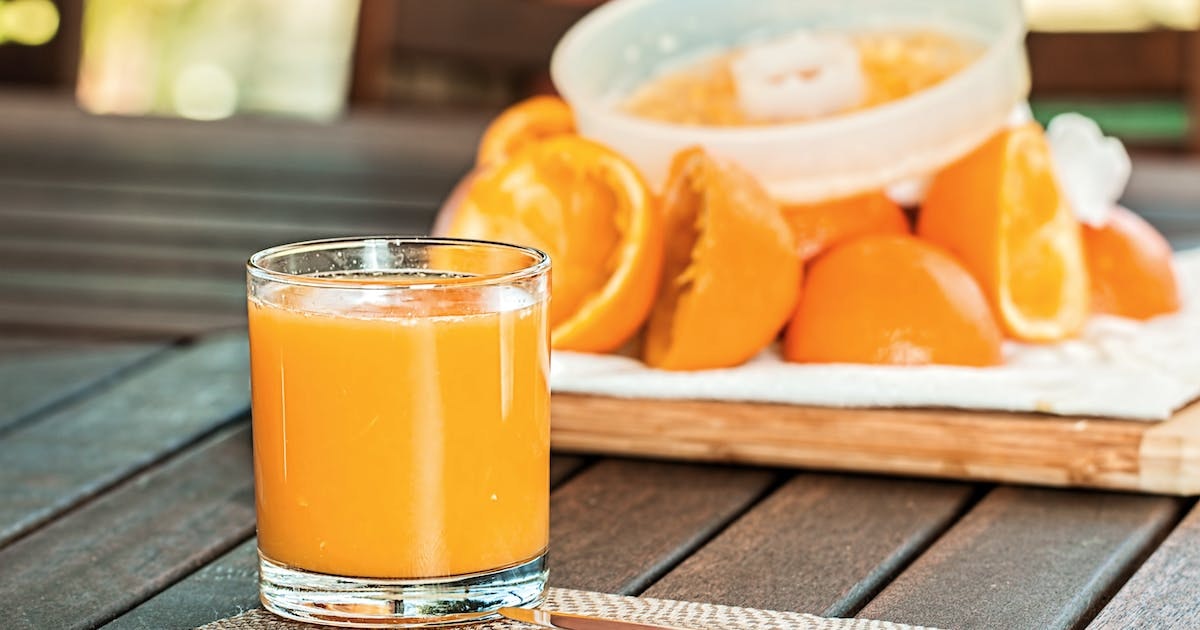
Does Orange Juice Have Gluten?
Orange juice is naturally gluten-free, even if it has calcium or vitamins added. If you are gluten-sensitive or have celiac disease, drinking orange juice is perfectly safe. Even knowing that fresh fruits are gluten-free, you might be concerned when you see ingredients other than orange juice on the labels of store-bought orange juice. Celiac disease is an autoimmune disorder that affects the small intestine and can cause serious health problems if left untreated. The Celiac Disease Foundation estimates that 1 in 100 people worldwide have celiac disease, and it affects an estimated three million Americans. Commercial vs. Freshly Squeezed or Cold-Pressed Orange Juice. Your best choice would always be pure freshly squeezed or cold-pressed organic OJ, with or without pulp, which will always be gluten-free. Orange juice is packed with healthy nutrients, including calcium, niacin, thiamin, folate, magnesium, and vitamin B. One of the many reasons to include orange juice in your diet is that one 8-oz glass of pure orange juice provides enough vitamin C to meet the daily needs of an adult, and that is without any added supplements. However, as we live in the world of the health-conscious, it is never a bad idea to check the ingredients of store-bought juices. Some brands may add gluten-containing ingredients, such as stabilizers or thickeners, so it is always best to check the ingredient list. Commercial juices could be cross-contaminated, so also check with the manufacturer if possible. What is Cross-Contact? Cross-contact is when a gluten-free food or food product is exposed to a gluten-containing ingredient or food – making it unsafe for people with celiac disease to eat It is important to note that cross-contamination can occur during processing or packaging, which can introduce gluten into the juice. For example, Capri Sun, Country Time, and Kool Aid, which are all subsidiaries of Kraft Heinz, a company that also produces multiple products that contain wheat. If you have a severe gluten allergy or sensitivity, even as little as a gluten-containing crumb can cause significant reactions. It is essential to exercise caution and study the product label carefully before drinking any commercially produced orange juice. The FDA has established regulations for food manufacturers to label products as gluten-free if they contain less than 20 parts per million (ppm) of gluten. This means that products labeled as gluten-free should be safe for most people with celiac disease or gluten sensitivity. Conclusion Cutting out gluten from your diet may seem like a challenging and limiting task. Fortunately, there are many healthy and delicious juice options that are naturally gluten-free, not to mention the delicious gluten-free breads you can enjoy with it. In summary, pure orange juice is always gluten-free, while processed orange juice may contain gluten due to the addition of other ingredients. When buying orange juice, it’s important to check the label and search for products that are made from pure oranges and don’t contain any gluten-containing ingredients.
